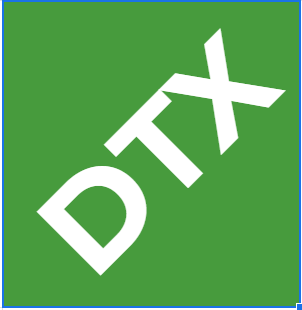ChatGPT and its use cases
What is ChatGPT?

ChatGPT (short for Chat Generative Pre-training Transformer) is a variant of the GPT (Generative Pre-training Transformer) language model that has been specifically designed for dialogue generation tasks. It is trained on a large dataset of human conversation and is able to generate human-like responses to input text.
One of the key benefits of ChatGPT is its ability to understand and respond to context. This allows ChatGPT to carry on natural, coherent conversations with users. ChatGPT is also able to generate responses in a wide range of styles and tones, depending on the task it is being used for.
ChatGPT (short for Chat Generative Pre-training Transformer) is a variant of the GPT (Generative Pre-training Transformer) language model that has been specifically designed for dialogue generation tasks. It is trained on a large dataset of human conversation and is able to generate human-like responses to input text.
ChatGPT use cases
ChatGPT is a powerful tool for generating human-like responses to text input, and it has a wide range of potential use cases, including customer service, personal assistants, social media, e-learning, and entertainment.
Coding: ChatGPT can assist with coding tasks by providing explanations, examples, and guidance to programmers as they work on projects. For example, the chatbot could answer questions about specific programming languages or libraries, provide debugging assistance, and offer suggestions for optimizing code. The chatbot could also help programmers find relevant documentation and resources, and provide personalized recommendations for further learning.
👉 See real ChatGPT use case here where DaTaxan created an online QR code generator tool with most of the codes written by ChatGPT.
👉 See real ChatGPT use case here where DaTaxan created an online Flashcards generator tool with most of the codes written by ChatGPT.
Tutoring: ChatGPT can serve as virtual tutors, providing personalized feedback and guidance to students as they work through course materials. The chatbot could answer questions, provide explanations and examples, and offer suggestions for further learning.
Copywriting: ChatGPT can be used to assist with copywriting tasks in a number of ways: firstly, it can generate ideas for copywriting projects, such as by providing suggestions for headlines, taglines, and themes. It then can write copy for marketing materials, such as brochures, emails, website content, social media posts, press releases, and other types of marketing content. ChatGPT can be used to proofread and edit copy for spelling, grammar, and style errors. It can also suggest changes to improve the clarity and effectiveness of the copy.
Translating: ChatGPT can translate conversations in real-time, making it easier for people who speak different languages to communicate with each other.
Summarizing: ChatGPT can be used to generate summaries of long-form text, such as articles or research papers. It can analyze the text and extract the most important information, condensing it into a shorter, more concise form. This can be useful for tasks such as creating summaries of news articles or research papers for busy readers who don’t have time to read the full documents.
Question generating: ChatGPT can also be used to generate questions based on input text. For example, it could analyze a document and generate a list of questions that could be used for a quiz or exam on the topic. This could be useful for educators who want to create quizzes or tests for their students, or for researchers who want to generate questions for a survey.
Suggesting: ChatGPT can be used to generate suggestions in a number of different contexts. Some potential use cases for suggestion generation with ChatGPT include: Product or service recommendations, Recipe suggestions, Travel recommendations, Music or movie recommendations.
Entertaining: ChatGPT can provide entertainment value, such as by carrying on humorous conversations or playing games with users.
Overall, ChatGPT has the potential to greatly improve the efficiency and effectiveness of summarization and question generation tasks, and it is likely that we will see more and more innovative use cases for the technology as it continues to evolve.
